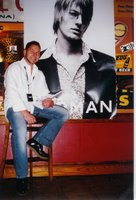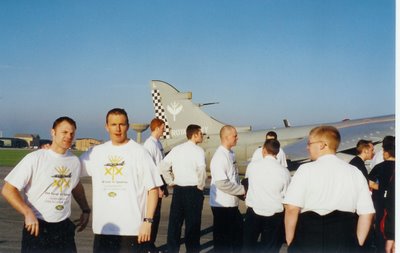
Hopefully, you are already convinced that you need to write and distribute a press release once a month. You can use a professional agency such as Headline Promotions (http://www.headlinepromotions.co.uk/) or search Yellow Pages (http://www.yell.co.uk/) but if budgets are tight, and you have a good grasp of the English language, there is no reason why you cannot write your own.
If you do intend to write your own press release yourself, you should be aware of various conventions relating to the structure and content. This will help maximise your chances of securing publication.
Press releases traditionally take the SOLAADS format, with information appearing in the following order: subject, organisation, location, advantages, applications, details, source.
Always compose your release using an 'inverted pyramid' structure, with the most important information appearing first. That way, if a journalist stops reading after the first or second paragraph, he/she has already gleaned the vital facts.
The headline must be succinct and snappy. Never use the past tense - e.g. “Country Music Radio launches new website” is appropriate, while “Country Music Radio recently launched a new website” makes your announcement sound as if it's old news. If necessary, use a sub heading to include supporting details - e.g.: The Bionic Christian shares his passion for country music (main), Sir Cliff Richard talks live in dedicated radio programme on 31 March (sub).
The first paragraph should encapsulate all the main facts and it must include the name of your company and whatever product/service/event you're announcing. E.g. "ABC company, a Basingstoke based provider of support services to the telecomms industry, has won the 2006 Chamber of Commerce Award for Industry. The Award recognises ABC's commitment to quality standards..." Subsequent paragraphs should provide supporting information in a descending hierarchy of importance (remember the inverted pyramid!). Relate the most exciting and newsworthy aspects/applications of your product/service first.
I suggest that include a comment from a senior person at your company (ideally the manager, chairman or Chief Executive), which journalists can use as a quote to support their news story. Avoid inane quotes that start with phrases such as "we are delighted" or "we are proud to announce", and try to introduce a pertinent element that hasn't been mentioned in the rest of the release.
However, don't include too much quoted material, as this can fragment an announcement. Present the press release objectively and always write in the third person - remove "I", "you", "we" and "us" and replace them with "it", "he/she" and "they". "The company" is always singular, so be sure to use "it" rather than "they" (e.g. Country Music Radio is progressing with the initiative it has started" not "the initiative they have started"). Acronyms and abbreviations should be avoided. If used, spell them out in the first instance - e.g. electronic point of sale (EPOS) - and then introduce them in the abbreviated form thereafter (EPOS). Simple, concise language is preferable to long, protracted, "flowery" language. Never use claims such as "the world's no. 1 service", "our product is totally unique" (unless it's true and you can back it up with published research!) and avoid puffery such as "our fantastic new product" and "our magnificent new service". Don't rely on a barrage of industry jargon and buzzwords, such as "the cost-effective, leading edge, one-stop-shop solution to meet all your business needs". This sort of language is both meaningless and disliked by journalists.
And make sure you include:
Notes to Editors: Background information on your company - when it was launched, where it's headquartered, any particular accolades or achievements, its main areas of activity, etc. - and any additional information not provided in the body of the release.
Contact details: The name, address, telephone/fax number and email address of your appointed contact person, which should appear at the bottom of the release so journalists can contact you easily if they require further information.
You should also state whether you have photos available, as these shouldn't be attached to a release. I always make a photograph available - try and make it interesting and of high resolution. Above, is one I used to support a press release about a Recruitment Fair I organised at Chicago Rock Cafe in Yeovil (http://www.chicago-rock-cafe.co.uk).
To have a look at a sample Press Release, please look at one I wrote for CMRPlus (CMR+) Radio at the following link:
http://www.cmrplusradio.com/New%20Documents/CMR%20Website%20Launch%20PR.pdf
If you need some inspiration or general advice, please e-mail me at john@headlinepromotions.co.uk
I am also developing a new website, www.pressreleasewritingservice.co.uk where I will offer free resources for businesses and charities wishing to craft and distribute press releases. Please e-mail me if you have suggestions for topics I should cover which you would find useful.









